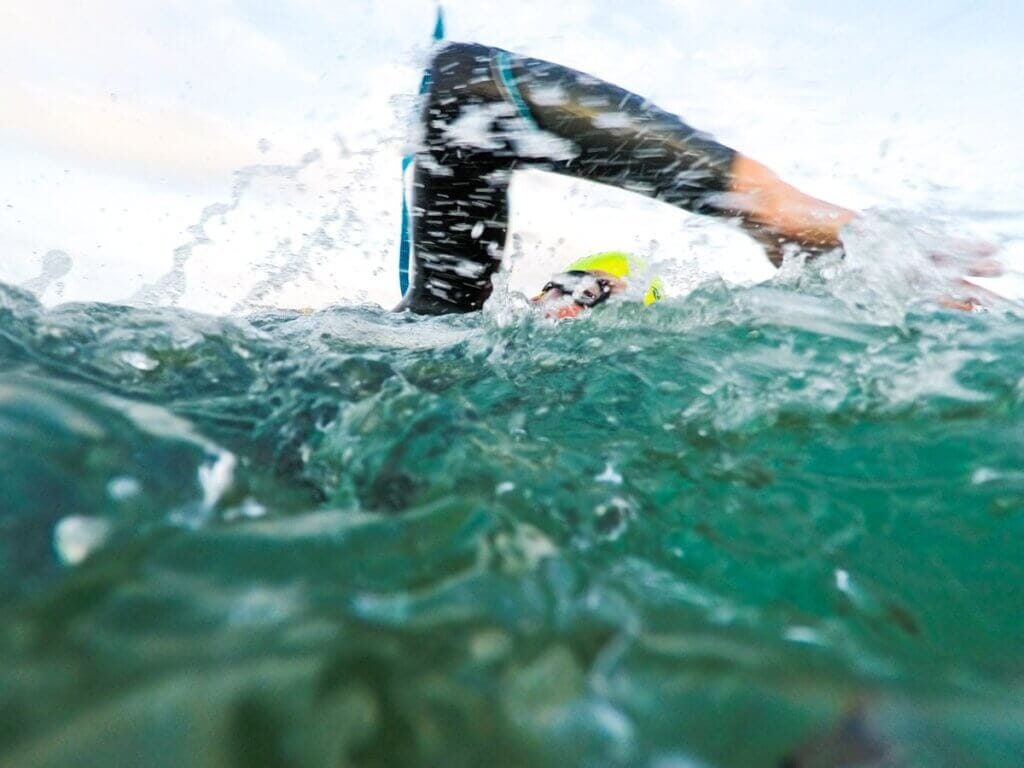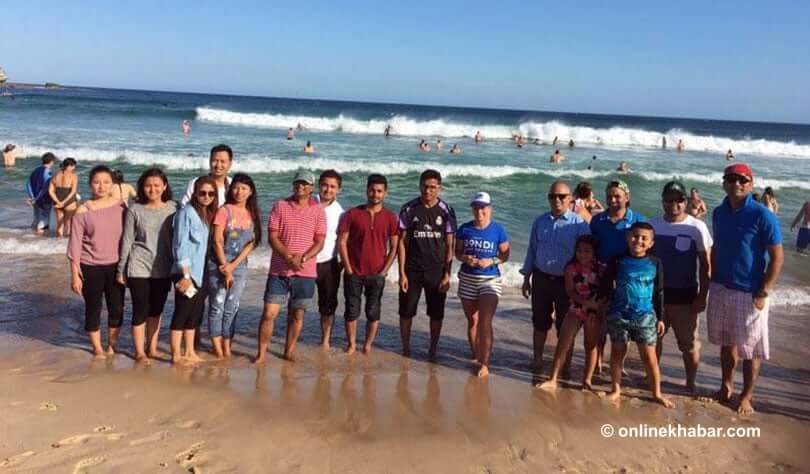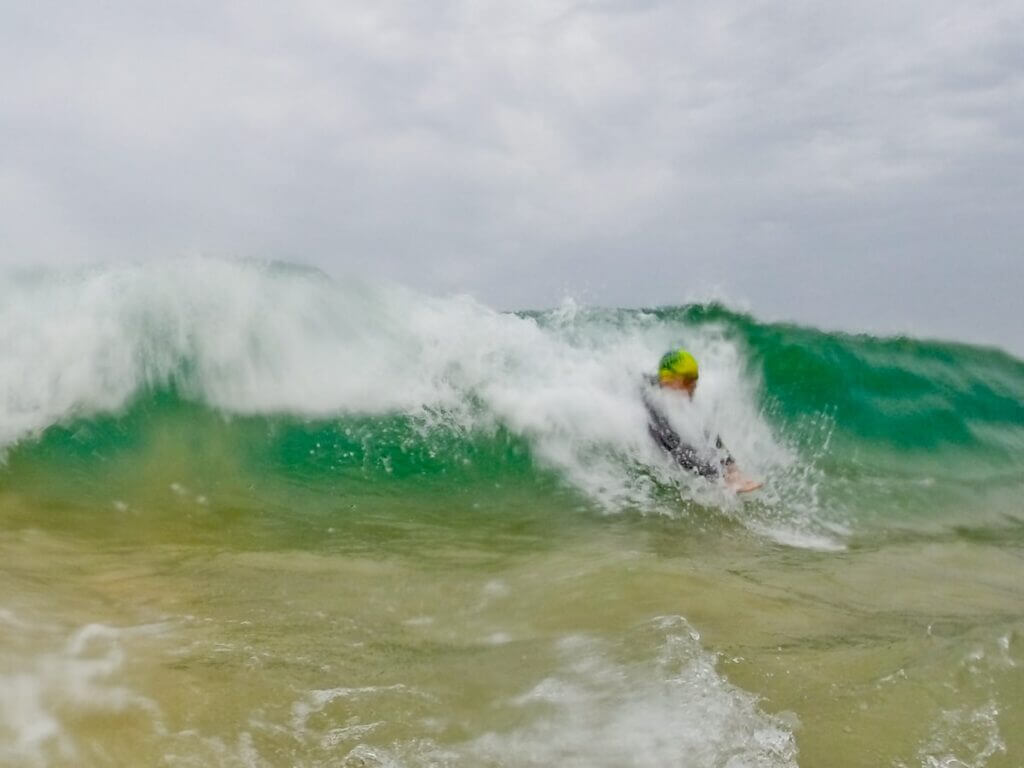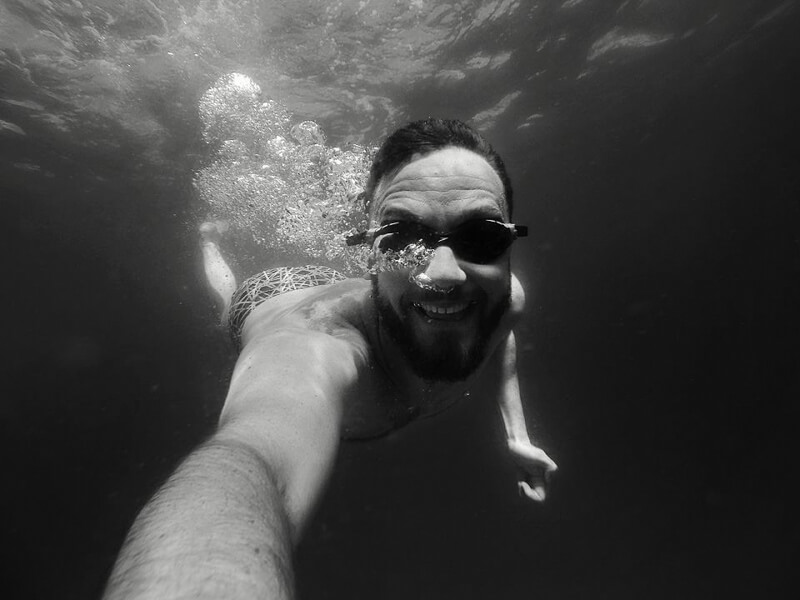How sandbanks are like swimming between the flags

I hardly ever swim between the flags.
***stunned silence***
I hate them, they’re always so narrow and full of people who get in my way.
While I’m being honest, I prefer not to swim at patrolled beaches either.
***cue outrage***
Swimming on beaches with the least amount of people, preferably no one, is up there as one of my absolute favourite things to do.
At this time of the year, when water safety organisations are telling me to swim between the flags, I hear it, but I choose to ignore it.
It’s not just me though, it’s reported that 57% of people do not always swim between the red and yellow flags.
You could be hitting the beach for a sunset swim after a long day at work, taking a dip after hiking along a seaside track, or setting up camp on a remote part of the coast. There are numerous reasons why you might not follow this advice.
So how can you stay safe at the beach, if you know to swim between the flags, but you choose not to?
The answer is: swim in the waves.
It’s at the heart of OceanFit’s beach education philosophy, and if it was the only other beach safety “rule’ you learnt in your time with us, we’d be happy.
Why are the waves the place to be?
Waves break as the water gets shallower over areas we call sandbanks, bringing water that flows towards the shore. This means that while we’re in the wave zone, we’re constantly getting pushed towards the shallower water, where we can stand up and anchor ourselves to the seafloor.
If the water is moving towards the shore, it’s not moving away from the shore as a rip current.
To spot a sandbank, take the time to observe areas of white water where the waves are consistently breaking, and staying broken, all the way back to the beach, then aim slap bang in the middle of that sandbank.
If the beach was patrolled, this would be where the lifeguards place the red and yellow flags.
Find yourself out of your depth? Moving away from the shore? Locate the sandbank, and use the waves to return to the beach.
Waves really are your best friend.
Enjoy your summer holidays, and have fun in the waves.






Responses